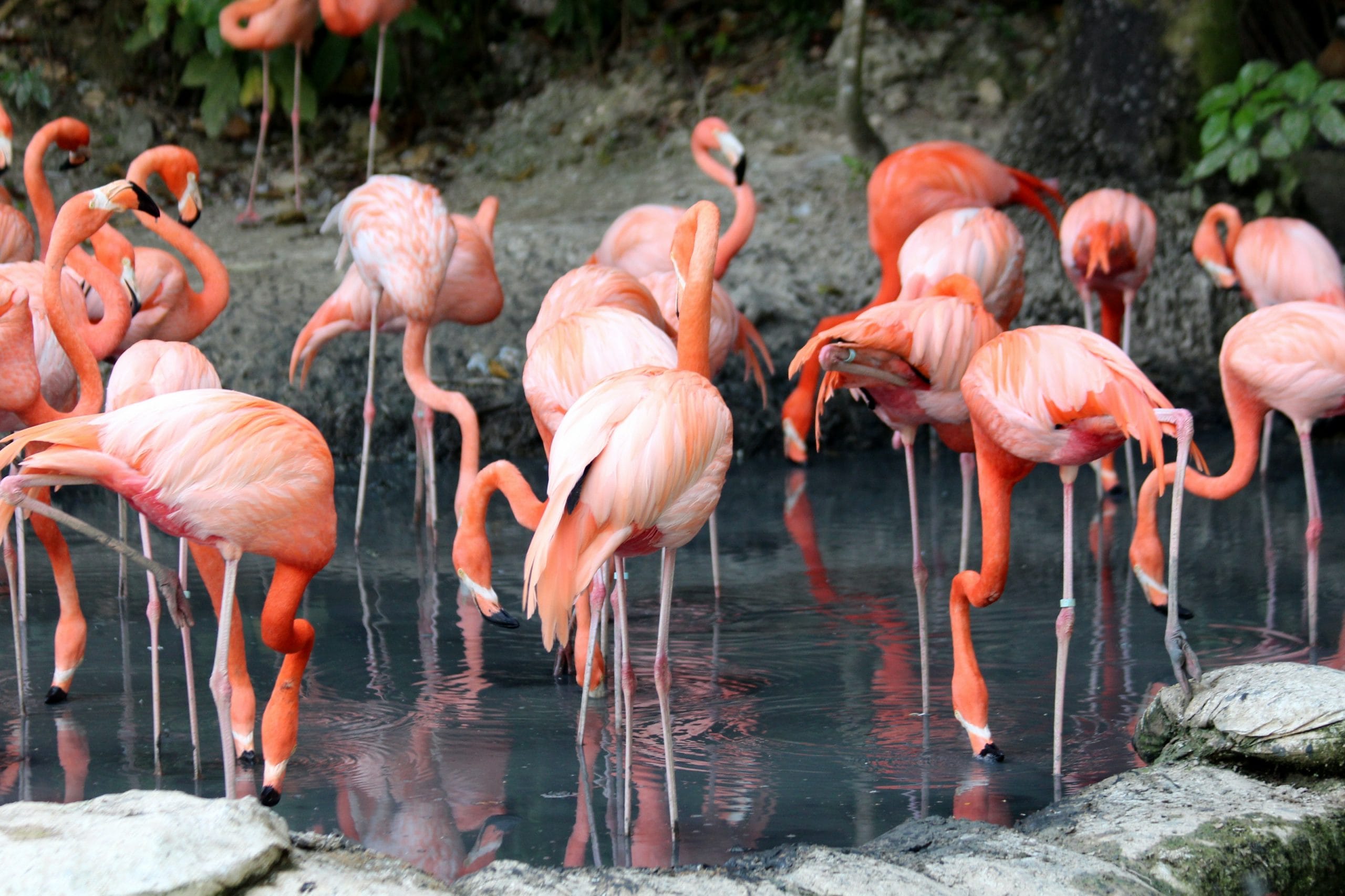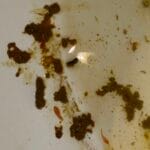The Science of Pink Feathers
Flamingos are instantly recognizable by their vibrant pink feathers. But this striking color isn’t a fixed trait – it’s directly related to their diet. Flamingos gain their pink hue by consuming algae and crustaceans, which are rich in pigments called carotenoids. These carotenoids, specifically beta-carotene, are broken down by the flamingo’s liver and transformed into the pink and orange pigments that color their feathers.
Parenthood Costs More Than Feathers: The Crop Milk Connection
The saying “flamingos lose their pink” refers to a fascinating biological process that occurs when these birds become parents. To nourish their chicks, both male and female flamingos produce a substance called “crop milk.” This highly nutritious secretion comes from their upper digestive tract and is regurgitated to feed their young.
Here’s the intriguing part: crop milk is packed with carotenoids. These pigments, essential for a chick’s development, are transferred directly from the parent’s body to their offspring. This transfer results in a dilution of pigments in the parents’ bodies, causing their once-vibrant pink feathers to fade. In some cases, they may even appear almost white!
Dr. Paul Rose, a zoologist at the University of Exeter, explains: “Flamingos – both male and female – can lose their pink pigments outside of breeding season…. That’s because the breeding is so intensive and so much of their food is used for their chicks.” (Science Focus, April 2022).
A Temporary Transformation: Color Returns with Chick Independence
The good news is that a flamingo’s color loss during parenting is temporary. As the chicks mature and begin feeding themselves, usually on a diet of brine shrimp and algae, the parents gradually regain their vibrant pink plumage. The carotenoids they consume are no longer being diverted to crop milk production, allowing them to replenish their own pigment stores.
This natural cycle, highlighted by the phrase “flamingos lose their pink,” showcases the incredible lengths these birds go to for their offspring. Their willingness to sacrifice their vibrant coloration for the sake of their chicks is a testament to the power of parental dedication in the animal kingdom.
Beyond the Fade: Color as a Health Indicator
A flamingo’s pinkness isn’t just about aesthetics – it’s a visual indicator of their health and diet. Brighter flamingos typically have access to a greater abundance of carotenoid-rich food, suggesting they are skilled foragers and in good overall health.
This link between color intensity and health extends to mating as well. A vibrant pink plumage can signal to potential mates that a flamingo is healthy, well-nourished, and likely to be a successful parent.
Unique Insights & Untapped Potential
- Visual Storytelling: Incorporate captivating before-and-after images of parent flamingos showcasing the dramatic color shift during chick-rearing.
- The Carotenoid Connection: Explore the vital role carotenoids play in the animal kingdom, highlighting other species that derive coloration from these pigments, such as salmon and certain butterfly species.
- Conservation Considerations: Examine how environmental threats, such as pollution or habitat loss, could affect a flamingo’s access to carotenoid-rich food and, consequently, their coloration and overall health.
- Parenting Parallels: Draw compelling parallels between the nutritional sacrifices made by flamingo parents and similar behaviors in other species, including humans. For example, discuss how breastfeeding can temporarily deplete nutrient stores in nursing mothers.
By weaving these insights into your article, you’ll create a comprehensive, engaging, and visually compelling exploration of why flamingos lose their pink color – a phenomenon that reveals the fascinating interplay between diet, parenthood, and survival in the animal world.












